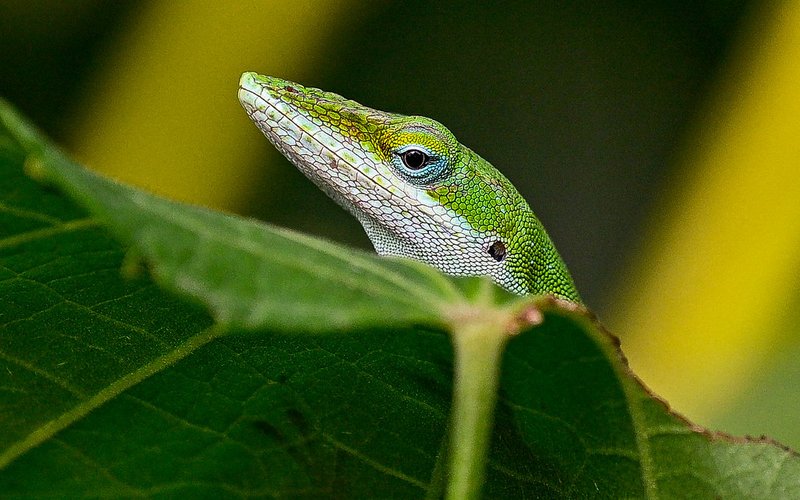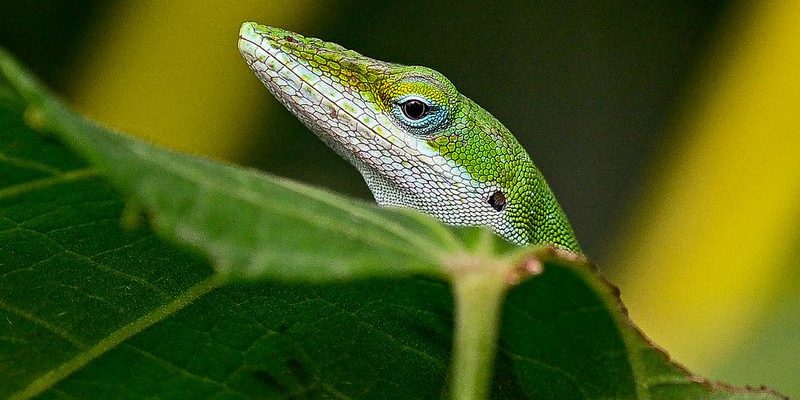
These small lizards are often overlooked, yet they bring a wealth of cultural significance. You might be wondering why a tiny lizard matters. Well, think of it like a little ambassador of nature, bridging gaps between ecosystems and human experiences. In many cultures, the anole represents resilience and adaptability, a reminder of how we can change and thrive even in challenging environments.
Understanding the Anole Lizard
Anoles are primarily found in the Americas and are known for their ability to change color. This fascinating trait might remind you of a chameleon, but anoles do it differently. They often shift from bright colors to more muted tones based on their mood or environment. For example, a green anole may turn brown to blend in with tree bark when threatened. This clever camouflage not only protects them from predators but also allows them to thrive in various habitats.
There are over 400 species of anole lizards, each with its unique characteristics. The most common, the green anole, is often associated with southern regions of the United States. Whether it’s displaying vibrant colors or engaging in push-up displays to assert dominance, these lizards are full of personality. Their behavior is not just interesting; it reflects broader themes of survival and adaptation that resonate throughout different cultures.
Cultural Significance of Anole Lizards
In many parts of the world, the anole lizard is more than just a pet or garden visitor; it serves as a potent cultural symbol. In some Caribbean cultures, for instance, the green anole is seen as a good omen. Locals believe that seeing one means good luck is on its way. This belief reinforces the connection between the anole and positive transformations in life.
Additionally, in African folklore, lizards often symbolize adaptability and persistence. The anole, with its remarkable ability to thrive in various environments, serves as a perfect embodiment of these traits. The message here is clear: just like the anole, we can adapt to our surroundings and overcome challenges. This connection to resilience can be a powerful motivator for many individuals seeking inspiration in their daily lives.
Anole Lizards in Mythology and Folktales
Mythology often brings creatures like anoles to life through stories that carry important lessons. In some cultures, stories involving the anole highlight themes of cleverness and resourcefulness. For instance, there could be tales of an anole outsmarting a predator or navigating through difficult terrain, showcasing how intelligence helps one survive.
In Central American folklore, some tales refer to the anole as a trickster figure, teaching lessons about humility and caution. These stories promote the idea that even the smallest creature can have a significant impact on the world around it. By sharing these narratives, cultures foster a sense of connection to nature and emphasize respect for even the tiniest beings.
The Anole Lizard as a Symbol of Change
One of the most powerful symbols associated with the anole lizard is change. Much like how they can adapt their color for survival, they symbolize the ability to embrace transformation. In life, we all face moments where change is necessary, whether in our personal lives or in larger contexts, like society or the environment. The anole can remind us that change doesn’t have to be daunting; it can also lead to growth and improvement.
You might find it inspiring that cultures often regard the anole as a harbinger of new beginnings. Just as the lizard sheds its skin to grow, people are encouraged to let go of the old to welcome the new. This perspective can lead to a healthier mindset regarding personal development and the realization that, like the anole, we too can reinvent ourselves when necessary.
Anole Lizards in Environmental Symbolism
As indicators of environmental health, anoles demonstrate the profound connection between culture and nature. Their presence often signifies a balanced ecosystem, making them pivotal in discussions about conservation. In some communities, the decline or absence of anole populations can signal larger environmental issues.
People have started to recognize that these little creatures can inform us about climate change and habitat loss. By valuing the anole lizard, cultures can foster a greater appreciation for biodiversity and the intricate web of life surrounding us. Understanding this connection emphasizes the importance of protecting our fragile ecosystems and the creatures within them.
Modern Appreciation of Anole Lizards
Today, many people appreciate the anole lizard not just for its unique traits but also as an important part of local ecology. In urban areas, you might spot them on your porch or in your garden. This availability makes them perfect subjects for learning about nature, especially for kids. Observing anoles can help children develop a sense of curiosity about the world, fostering a deeper connection to the environment early on.
In art and literature, the anole also finds its place. Artists and writers often draw inspiration from the vibrant colors and dynamic movements of these lizards, representing themes of change and adaptation. Whether it’s through paintings, poems, or stories, the anole continues to inspire creativity and reflection on our own life journeys.
Embracing the Anole’s Lessons in Our Lives
Bringing the lessons of the anole lizard into our lives can enrich our experiences. They teach us about resilience, adaptability, and being present in the moment. Consider the anole when faced with challenges; remember how it changes to fit its environment. This can encourage you to embrace your own changes with a positive attitude.
From personal transformation to environmental consciousness, the anole lizard serves as a reminder that everything is connected. By recognizing its importance in culture and symbolism, we honor not just the lizard itself but also the lessons it carries into our lives.
In a world where change is constant, we can learn a lot from such a small creature. So, the next time you see an anole, take a moment to appreciate its presence and the deeper meanings it carries. You might just find inspiration in its ability to adapt and thrive.

